It's 2016, and several new innovations have come out in terms of natural supplements that will help you build muscle yet aren't too hormonal... so it's time for an update.
Who is this document for?
In two words: intermediate users.
This was written for those of you who don't want to injectables or even take oral exogenous hormones, but you're ready to move onto to something other than creatine and the typical over-the-counter test boosters. There are some new options for you to explore here.
Perhaps you're natty, have been lifting for a while and are stuck on a plateau. Something in here might push you past that, but still keep your natty card.
Or maybe you've been out of the gym for a while and just want to see what's new. On this page, we'll stay up to date with the latest and greatest muscle-building supplements that "everyone else" will know about a couple years from now.
Who is this document not for?
-
Rookies / Beginners
If you're a completely new rookie, you don't need to be here - not yet at least. Take just the basics for now (discussed below), train hard with high volume, and then come back when you hit a plateau. The supplements here are going to add up in cost, so it's best to wait until you're stuck.
-
Experts already using hardcore hormonal products
Another crew this document might not be for is the "hardscore injectable" crowd. The products on this page will cost a lot of money that's likely better spent on more food.
On the other hand, these supplements could be worth considering during your immediate post-cycle phase or when you're off-cycle to keep strength high as naturally possible.. so maybe you should keep reading and grab at least one or two things here when the time arises.
Note that these supplements won't yield "drug-like gains". We'll never promise that. This guide is all about the next-generation, advanced-level natural muscle-builders.
First things first: Don’t forget the basics!
Ideally, you're already taking 3-5g of creatine per day (creatine monohydrate is easiest), eating plenty of calories (especially enough carbs and protein [1g per pound of goal bodyweight every day]), taking a multivitamin and fish oil, and not forgetting your saturated fats.
If you want to build muscle but you're not eating big every single day, then you're wasting your time here. Your body doesn't take weekends or Mondays off. Food first, consistency is key.
Do you know about betaine?
On top of 3-5g creatine, we now believe that 2.5g betaine per day is another science-backed "basic" to add. Not everyone knows about this, so if you want the heavy details, see our new guide on betaine.
“Daily basic” muscle-building supplements to make it easy
A few companies have more convenient ways to get the generally approved "first-generation" muscle-builders in (ie, 3-5g creatine, 2.5g betaine, glutamine + l-alanine,[1,2] l-carnitine-l-tartrate, and more).

The 'epic' creatine supplement has been upgraded in Ghost Size V2! Learn about it in insane detail here on PricePlow
Our top choices for that is Ghost SIZE, which has creatine, betaine, and beta-alanine.
As far as the protein goes, get high doses in every day, even off days. Food is always best, but life is easier when mixing a protein shake or two in between meals or before bed. See our best protein powder guide for some recommendations on trusted stuff there, or see all protein powders on PricePlow.
And finally, don't always trust your pre workout to give you a legit dose of creatine, unless its label states exactly what you're getting.
The next-generation muscle-building supplements
The following ingredients have reported anabolic effects and do not rely on testosterone/androgenic effects. They exploit pathways that are anabolic, but several of which are not androgenic!
Research on these compounds is still new and although they won't put on the same amount of lean body muscle as illegal anabolics, they still have great benefits and far fewer side effects.
-
Phosphatidic Acid
First up, we have Phosphatidic Acid (PA). PA is believed to be able to enhance the anabolic effects of resistance training.
Phosphatidic acid directly activates mTOR signaling[3-7] (mTOR = mammalian target of rapamycin), which is a key regulator of protein synthesis and muscle building.[8,9]
Human research on trained subjects
To test if it actually works, a recent study gave participants either PA or a placebo over the course of an eight week resistance training program and examined outcomes such as strength, muscle thickness, and lean body mass gains.[10]
The results of this study showed that the participants who received PA experienced a 12.7% increase in squat strength and a 2.6% increase in lean body mass as opposed to only a 9.3% and 0.1% improvement for placebo, respectively. This demonstrates that phosphatidic actually is a viable option for increasing both strength and size!
In another study, eight weeks of PA supplementation added 5lbs of muscle mass compared to the control group's 2.5lbs.[11] There was also a significant legg press improvement over the control group - PA subjects added 115lbs over control's 70lbs.
Phosphatidic Acid and mTOR
Possible increased fat loss (not statistically significant)
In that second eight-week study, the PA group lost 2.8lbs compared to the control group's 1.1lbs lost, but that did not reach statistical significance. It's a trend worth noting and exploring in more depth, though.
Dosage
In the study above, 750mg of PA was given each day. However, the product we're going to suggest below will yield 1200mg per day:
Suggested Products
There are two ways to get your PA in:
- Pure PA supplements (more costly but lower in calories), or
- Soy lecithin granules (less costly but add fat, calories, and nasty soy to the diet).
Compare prices on the "strict" PA supplements below:
Phosphatidic Acid – Deals and Price Drop Alerts
Get Price Alerts
No spam, no scams.
Disclosure: PricePlow relies on pricing from stores with which we have a business relationship. We work hard to keep pricing current, but you may find a better offer.
Posts are sponsored in part by the retailers and/or brands listed on this page.
We have a longer writeup on this - see our phosphatidic acid post for more details.
-
Arachidonic Acid: Using inflammation to our advantage
Next up is Arachidonic Acid (ArA). This ingredient is a bit more advanced, but might be the most effective one in this list.
ArA is an Omega 6 fatty acid found in the phospholipids of the body.[12] It's involved with the production of signalling molecules that modulate inflammation levels - especially exercise-induced inflammation.[13] Basically, the more ArA you have, the greater the amount of inflammation that occurs.
But isn’t inflammation bad?
Not necessarily. Remember, inflammation is a natural body response and a critical component in the body's adaptation process (i.e. gains!). Inflammation becomes an issue only when it is chronic systemic inflammation. But localized acute inflammation can actually be a good thing at times!
So how does ArA help build muscle?
The signaling molecule ArA helps produce is known as eicosanoids.[14] There are multiple subgroups of eicosanoids such as prostaglandins, thromboxanes, lipoxins, and leukotrienes.
The one that is important to us is, prostaglandins. This is because PGE2 and PGF2a, which are two specific prostaglandins, are involved in the stimulation of muscle protein synthesis we experience after killing weights in the gym.[15,16] We want these two to be as high as possible after a workout session -- and here is where arachidonic acid comes in.
Basically, by taking ArA and following a resistance training program, we can increase signaling, specifically PGE2 and PGF2a,[17] which increases muscle protein synthesis[18,19] -- translating into bigger muscles!
It sounds complicated, but the supplements work, and many users review it very positively, even when considering the cost. With one caveat...
Don’t take at the same time as anti-inflammatories
One important thing to note about arachidonic acid is that you don't want to take arachidonic acid with things that fight inflammation. For instance, it should be taken on the opposite end of the day as your fish oil, curcumin, ibuprofen, joint support, etc. Reason being, these will negate the effects of the ArA.
Arachidonic Acid Dosage
The recommended arachidonic acid dosage is between 1g-2g on workout days, but most stick to 1g due to cost reasons. Many users (including SNS' reps, leading sellers of ArA) state that taking it on an empty stomach is most effective. Although that's anecdotal, the exercise / acute "starvation" state is when these fatty acids are most channelled into muscle tissue (rather than deposited into fat tissue).[20-22]
In fact, SNS reps' even state that it will lose some effects if taken with food! So if you must eat a pre workout meal, it may not work to its fullest potential.
Roughly 12 hours after its supplementation (or 12 hours before, depending on your perspective) is when it's best to take your fish oil and joint supplements as discussed above.
It isn't necessary to take ArA on off days. Save your money.
Suggested Arachidonic Acid Muscle Building Supplements
For whatever reason, there's only a few products out there with serious ArA doses:
Arachidonic Acid – Deals and Price Drop Alerts
Get Price Alerts
No spam, no scams.
Disclosure: PricePlow relies on pricing from stores with which we have a business relationship. We work hard to keep pricing current, but you may find a better offer.
Posts are sponsored in part by the retailers and/or brands listed on this page.
- SNS X-Gels - This bottle of 100 softgels will get you a 25 day supply.
- Molecular Nutrition X-Factor and X-Factor Advanced
The issue with X-Factor Advanced is that it's in a proprietary blend, and is combined with anti-inflammatories like Omega-3 Fish Oil and Boswellia. So we stick with the brand we always trust - SNS and their X-Gels.
SNS X-Gels – Deals and Price Drop Alerts
Get Price Alerts
No spam, no scams.
Disclosure: PricePlow relies on pricing from stores with which we have a business relationship. We work hard to keep pricing current, but you may find a better offer.
Posts are sponsored in part by the retailers and/or brands listed on this page.
You can read more on PricePlow's main Arachidonic Acid category page.
-
Anacyclus Pyrethrum
Next up is Anacyclus Pyrethrum. This is a pro-vitality and virility herb that has a long history of used in Ayurvedic culture as a treatment for infertility and impotence.
Anacyclus is believed to boost the synthesis of testosterone in the testes. Unfortunately at this time, no human studies exist but there are studies using an animal model that show that there is great anabolic potential. In one study, AP was shown to boost the concentration of testosterone, LH (luteinizing hormone) and FSH (follicle-stimulating hormone) in rats. In addition to this, the animal's' body weight also increased.[23]
Although this doesn't necessarily prove it will help with your body composition, reviews after nearly half a decade of anacyclus use consistently help show that this ingredient probably does have a strong natural anabolic effect. We just wish there was more human research, but this is how things go when on the cutting edge.
Anacyclus Dosage:
In the above rat study, the lowest dose used was 50mg/kg/day which translates to about 8.1/mg/kg/day for humans.[24] All of the supplements below have this amount, but actually go higher for best results. We often see 1.6-3.2g/day.
Recommended Anacyclus Supplements:
PEScience AnaBeta blew the doors off the industry when it was first released. It had 1600mg Anacyclus Pyrethrum. PES then discontinued that and followed up with AnaBeta Elite, which has a 3.2g proprietary blend where anacyclus comes second (behind Lodhra extract) - the dose might be a dash smaller, but the reviews are actually better. It also has forskolin and cistanche, two other ingredients that do have human data.
Those two are out of stock, so now we look to Merica Labz Liberty Ballz to fill the gap!
This is a supplement best taken with food, twice per day -- with your two largest meals.
Thoughts on stacking (synergy between Anacyclus and ArA for a 1-2 punch!)
When the arachidonic acid discussed above is taken, some of it gets broken down into leukotrienes and thromboxanes via LPO and COX. If we could inhibit both of them, it would result in more arachidonic acid in place, which means there is more that could be used by our muscles.
To do this, we propose a stack of Anabeta Elite, ArA, and L-carnitine to help maximize the anabolic potential of ArA. This is based on the above breakdown pathways above. This stack would inhibit the ArA being broken down into thromboxanes via L-carnitine[25] and inhibit ArA being broken down into leukotrienes via anabeta elite.[26] So l-carnitine and anabeta elite would create the environment for optimal available ArA.
Further synergy with Lodhra from AnaBeta Elite
Now you'll get to see why we liked AnaBeta Elite for the anacyclus dose - it contains lodhra bark extract, an Ayurvedic herb that increases cAMP[27] by functioning as a PDE inhibitor,[28] potentially giving you better bloodflow and cellular energy.
Like L-Carnitine, Lodhra Bark prevents the conversion of ArA to leukotrienes - it functions as a lipoxygenase inhibitor.[26] So the AnaBeta Elite + L-Carnitine + ArA from your X-Gels make for a stack that has actual synergy - the total becomes greater than the sum of the parts.
What form of L-Carnitine?
There are a few forms of L-Carnitine, but when it comes to the muscle-building side, L-Carnitine L-Tartrate is our chosen one.
Note that the study cited above[25] did use L-proprionyl carnitine (LPC), so if you want to match the study as much as possible, you'd have to find a GPLC supplement too - but those are expensive and we still like the LCLT research better.
You should be starting to see things coming together here...
-
Epicatechin
Last but not least on our list of next generation muscle builders is (-)-Epicatechin. Epicatechin is a molecule found in chocolate that has some very unique muscle-building properties.
It's believed -epi has the ability to inhibit a myokine that suppresses muscle growth, myostatin. Another myokine, follistatin, works in the opposite way of myostatin and promotes muscle growth.
Recently, a human study was conducted investigating epicatechin's effects on these regulating molecules. What the researchers found was that it did have a positive effect on follistatin to myostatin ratio. Subjects who were given epicatechin increased follistatin by almost 50% and decreased myostatin by -16%.[29] Unfortunately the researchers did not measure lean body mass changes.
A new safety study published in January 2015 had subjects taking 50-200mg epicatechin per day. It showed that there were no side effects, and after just five days, the average follistatin levels were ~2.5 times higher than day one in the (-)-epicatechin subjects![30]
Dosage
For muscle building purposes, users seem most successful when they get at least 150mg epicatechin per day, but 200mg is the preferred going dose.
There are two ways to get it in - through supplementation, or through food like dark chocolate.
-
The dark chocolate route:
You either love or hate this stuff. The 85% is great because it's made without the flavonol-killing Dutch/Alkali process
For general health, ~40g daily of high-quality 85% dark chocolate will yield several benefits. However, it's important that the dark chocolate has not been processed with alkali (or the Dutch Process). We like Lindt's 85% Cocoa version for this.
That will only give you 60-70mg epicatechin, and will unfortunately also add 200 calories to your diet. That might be fine for bulking, but the cost will add up and it's still not as high of an epicatechin dose as the supplements below.
So feel free to throw some non-alkalized dark chocolate into your diet, but it's probably best to look at the capsules:
-
The supplemental route:
Dollar for dollar, you're not going to beat Competitive Edge Labs' Epi-Plex, which enhances absorption with piperine (black pepper extract) for far less money.
This way, you can really assess its properties on its own. It does have some testosterone-boosting qualities too, which seem to function a bit stronger than what we're shooting for in this guide.
You can read more on our lengthy epicatechin guide.
-
-
Carbing Up? Consider a Glucose Disposal Agent
This one is decidedly not "anabolic", but we added it here because too many people still don't know about this branch of supplements.
If you're on this page, chances are you're eating big, and that includes a high carb intake. How can we make sure those carbs get used more for muscle and less for fat?
Fates of Glucose 6-Phosphate: Glucose 6-phosphate derived from glycogen can (1) be used as a fuel for anaerobic or aerobic metabolism as in, for instance, muscle; (2) be converted into free glucose in the liver and subsequently released into the blood; (3) be processed by the pentose phosphate pathway to generate NADPH or ribose in a variety of tissues.[31]
The supplements to help with this are known as glucose disposal agents, or GDAs, but they're also called nutrient partitioners.
GDAs are a category of supplements that aim to take advantage of one of the body's most anabolic hormones: insulin.[32,33] These supplements can be stacked with any of the above next gen muscle builders, but they're best taken with your high-carb meals.
All dietary carbohydrates are broken down and enter the bloodstream as glucose. From there, the glucose will either be used to fulfill immediate energy needs (ATP synthesis) or will be stored for later use. When glucose is stored, it's stored as glycogen.[31]
The key to taking advantage of insulin's anabolic potential isn't necessarily more insulin, but to make the least amount of insulin the most effective. This is where a GDA enters the picture. Some compounds found in these supplements may have the ability to help the body utilize a small amount of insulin more efficiently. This optimization can play a pivotal role in muscle growth.
Several ingredients worth exploring
Berberine is possibly the most underrated supplement in the world. It creates a fantastic series of metabolic reactions that every carb-user should know about.
There are quite a few different compounds that are used in these GDA products (berberine, Na-R-ALA, gymnemic acids, banaba, momordin, etc) and there are several different ways by which they work (increase GLUT-4 expression, nutrient uptake, improve glucose sensitivity, metabolism, disposal, etc). We won't get into the specifics on each (unless there are requests in the comments), but essentially what is going on is the compounds in the GDA help to remove glucose from the bloodstream[34] thus resulting in lower insulin levels.
On top of this, GDAs are also purported to increase muscle sensitivity to glucose so that the glucose in the blood gets driven into the muscles.[35] This ensures for full muscle bellies as well as help maintaining a stable blood glucose level. Given the wide range of effects these can have, a better name for this category would be nutrient partitioning agents.
How to use a Glucose Disposal Agent / Nutrient Partitioner
GDAs must be used 10-15 minutes before a high-carb meal (ie 25g carbs at bare minimum, but typically 50g carbs or more).
This is important -- you don't just take these supplements and go on your way. Reason being, if you take them alone, they will drop your blood sugar (as they divert it out of the bloodstream), and you could go hypoglycemic and feel faint.
It's important to follow each product's instructions - some are stronger than others.
If you take a GDA, then have a high-carb meal, and then go lift, you should notice some serious pumps if it's working. Since we like to get most of our carbs in surrounding our workouts, this works out perfectly.
Recommended GDAs
Everyone seems to have their own GDA ingredient preferences, so it takes testing and experience to see what's best for you.
Our personal favorite ingredients are Berberine and Na-R-ALA (R-Alpha Lipoic Acid), and banaba. We'll even go so far as to say that berberine is one of the most underrated herbs on this planet -- more diabetics should know about it -- but that's another blog post for another day.
Anyway, the products we've enjoyed the most:
-
There's no better GDA ingredient than berberine, and there's no better form of berberine than dihydroberberine in GlucoVantage!
Anything with GlucoVantage from NNB Nutrition in it. GlucoVantage is a specific form of berberine known as dihydroberberine.
So if you've ever said to yourself "I'm carb sensitive" or "I wish I could eat more carbs and not get fat", give a berberine-based supplement a try and see how you fare. No promises, but we see far more good than bad coming from this category.
-
-
Keep an eye out for...
Three ingredients that could possibly get listed here in the future are Peak ATP,[36-38] Tongkat Ali,[39] and Cordyceps.[40] But at this point, there are still some caveats and we think we've already thrown enough at you and your budget!
-
Peak ATP
The gains are real, but there is one caveat to the Peak ATP research that MuscleTech sites here that we need to discuss.
The issue with Peak ATP is that it's actually a blood flow booster, so it's great for pumps and extra sets -- but it's not going to directly boost muscle tissue. Instead, like beta-alanine, it'll help you train longer, and the added volume can lead to your gains.
But in studies where the athletes train extremely hard, Peak ATP definitely outperforms placebo -- just note that placebo group makes gains too![36]
-
Tongkat Ali / Longjack
Tongkat ali (longjack) is also interesting, but is a bit more hormonal than what we're shooting for on this page. It's worth considering if you want to go down that path one step further than anacyclus does this in this document. LJ100 is the extract we trust there, but would still like to see more peer-reviewed studies in major publications.
-
Cordyceps
Finally, Cordyceps (specifically cordyceps militaris) is a very interesting one. New research has come out showing that it boosts VO2,[40] and we can correlate that to more power and endurance. This could lead to longer and more effective workouts, yielding better ultimate results. That would then result in something like the beta alanine effect, except the still-limited research is actually far more impressive.
We've made some new discoveries in cordyceps - click the link to read about it. We believe we've found the reason why the previous cordyceps sinensis studies are so hit or miss, and why Scivation's Cordyceps Militaris (in the Compound Solutions made ingredient, PEAKO2) is where it's at.
-
HMB to make a comeback?
It's also been a long time since the days of EAS and their insanely-expensive introductory HMB supplements. Perhaps it's time to take another look, as a new placebo-controlled, crossover study on highly-trained males on aerobic capacity showed that 3g HMB per day over the course of 12 weeks yielded a small increase in fat-free mass and a decrease in fat mass.[41]
Note that this was the "standard" CA-bonded HMB, not the more expensive HMB Free Acid sold in MuscleTech's Clear Muscle. Possibly time to stack back in the cheaper stuff?
-
-
Tomatidine
New for 2017, Tomatidine is an anabolic plant-based ingredient that comes from the common tomato plant -- and it's actually healthy for you too!
The preliminary research looks incredible, but we're still yet to find out what dose is best, and cost may definitely be a concern. Either way, if you want to check it out, Antaeus Labs Titan is the first Tomatidine-based supplement out, and you can read even more at our in-depth Tomatidine article.
The muscle building supplement stack
Now let's do some cost breakdown and see where you want to go.
-
BUDGET MODE
-
Bare basics
-
Creatine
Right now, we have a deal on Creatine Monohydrate - 1000 grams for a low price. It won't always be that cheap, but the point is, it's too inexpensive to skip. 3g is the daily minimum, but at that price, we don't see a major reason not to go 5-10g/day.
-
Betaine
Right now, we're seeing 1000g betaine for cheap. There are some cheaper options if you want to buy less at one time.
2.5g per day is the going dose.
-
-
Beyond this, there's not a ton more natural stuff you can do. Again, we're looking at Peak ATP and Cordyceps Militaris. If you're ready for the next phase - hormonal supplements - you could get some additional assistance there, and a 'mild' start would be that LJ100 Tongkat Ali extract discussed above.
But at this point... if you've used the stuff in this guide and are still going absolutely nowhere, it might be time to check on your workout and pay for a real-deal trainer instead.
Training with badass guys like CJ and Amin (from the PricePlow YouTube channel) show better gains than most of the stuff listed here in the first place. And therein lies the rub when talking about supplements!
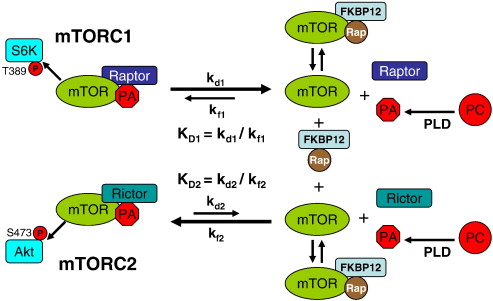
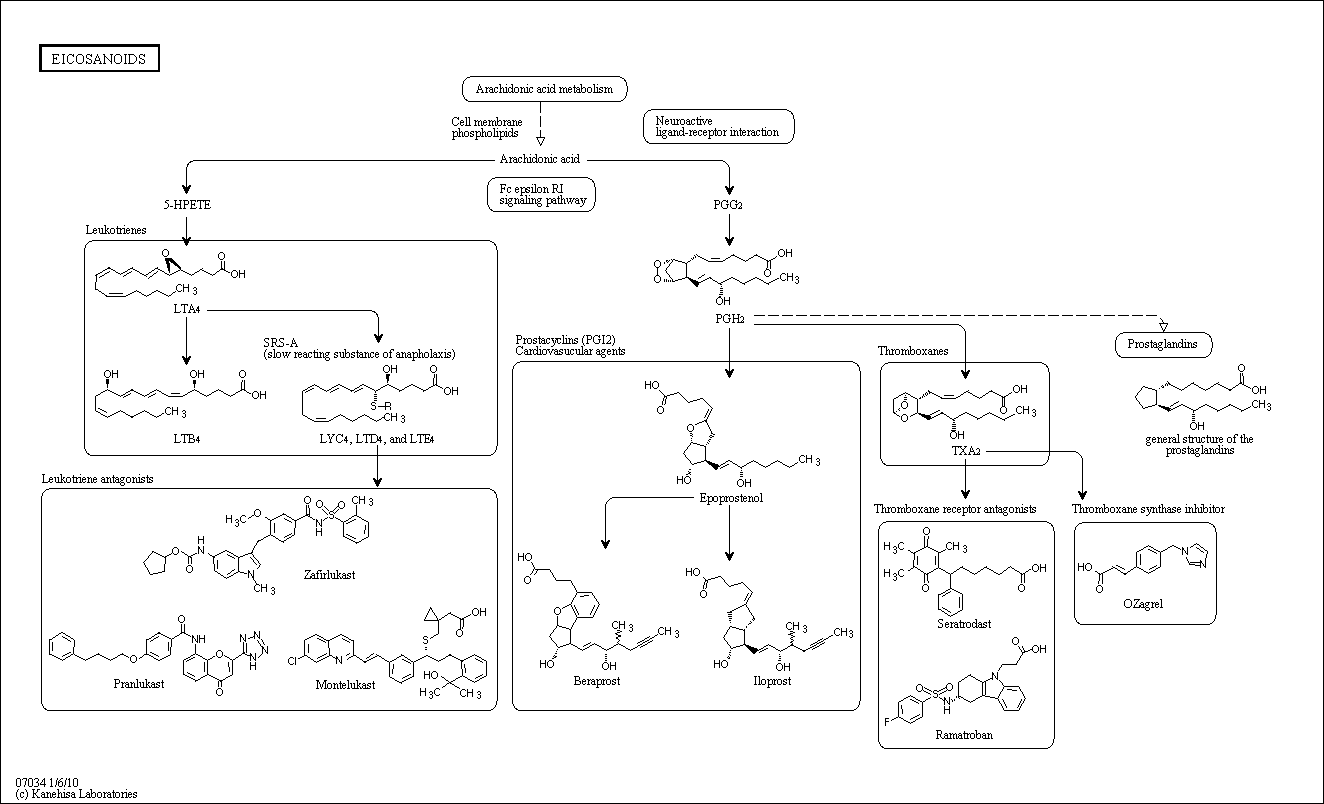
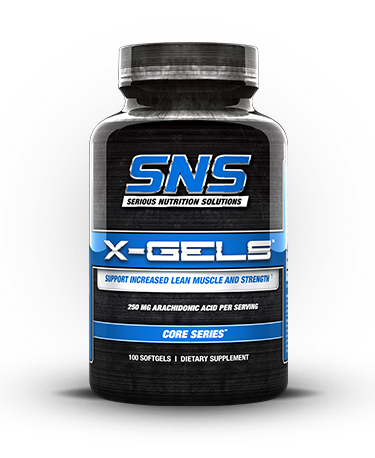

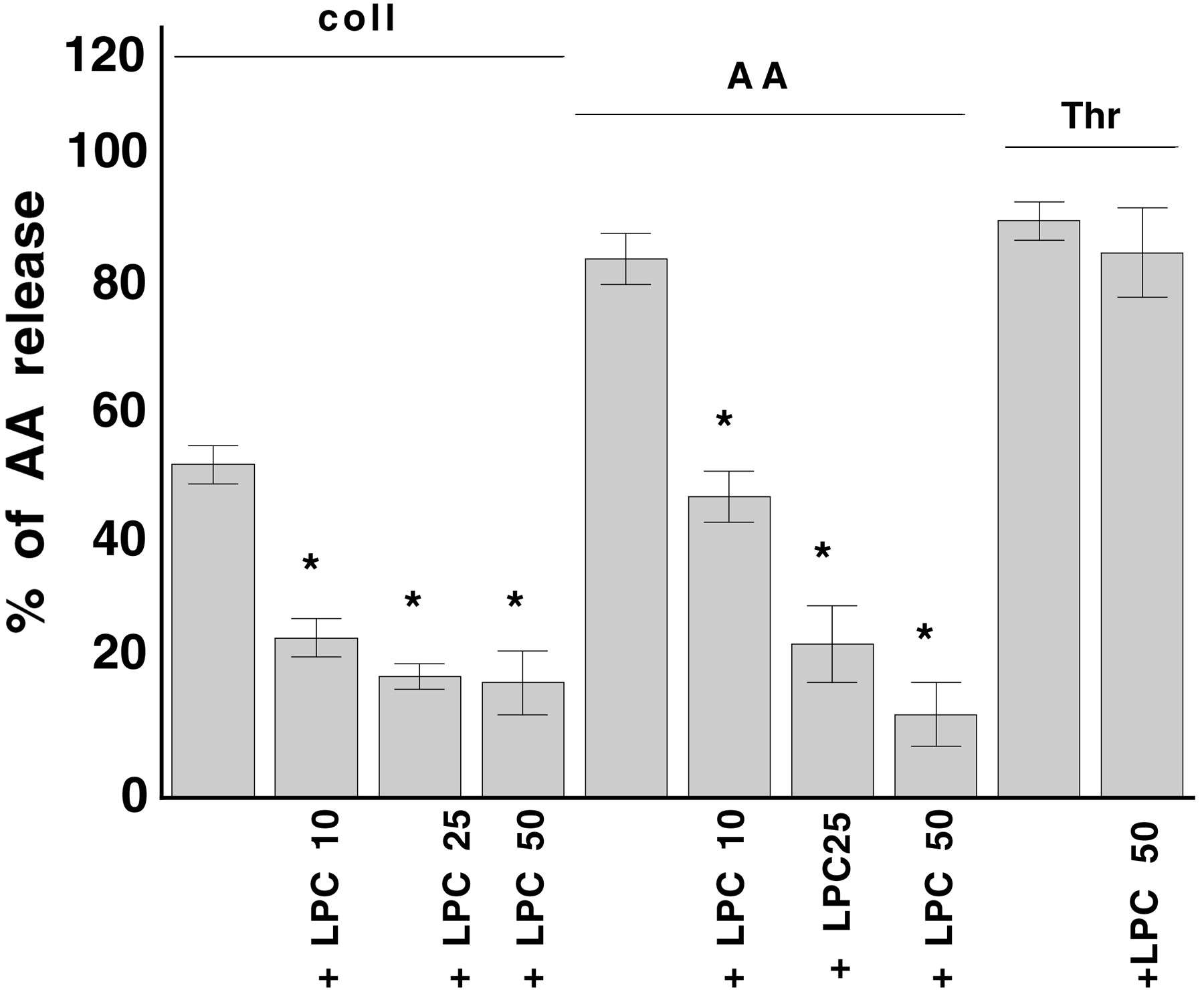
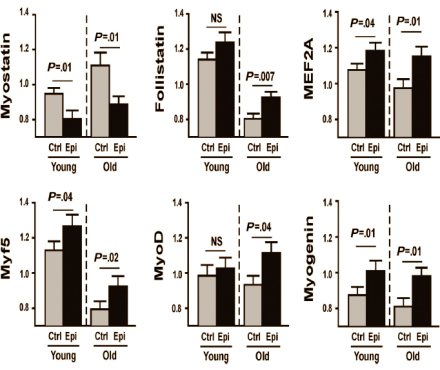
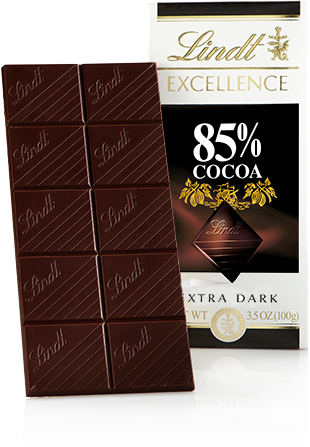
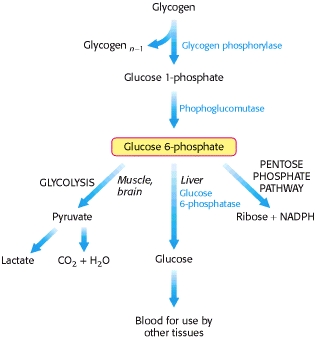
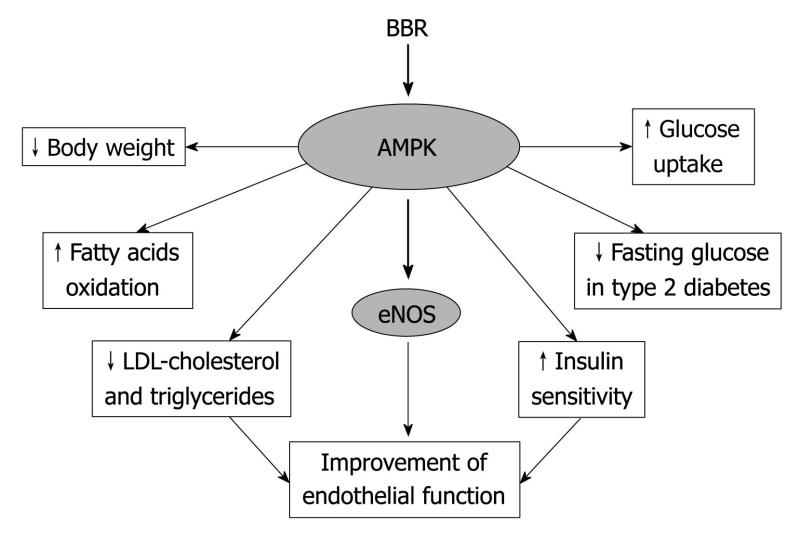
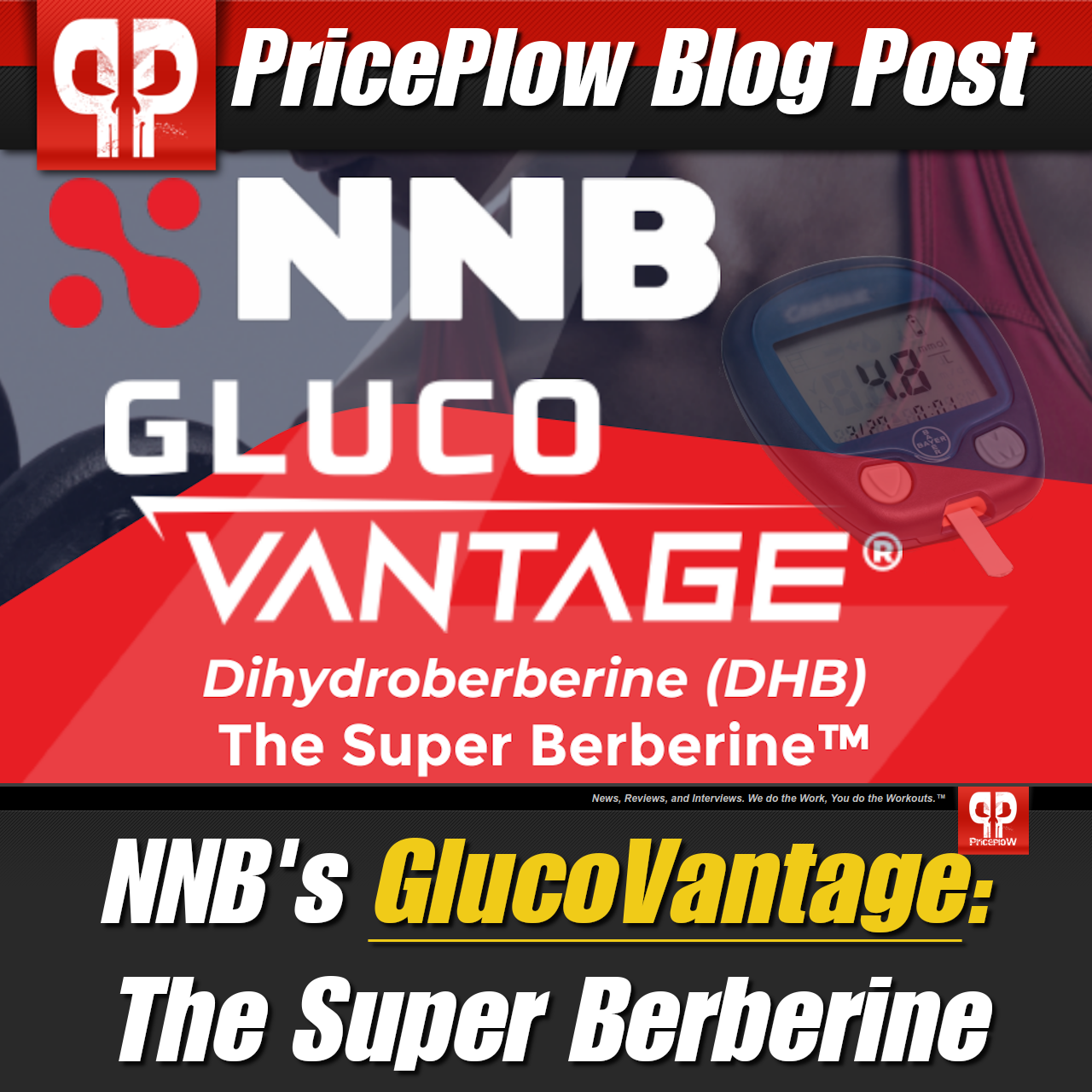
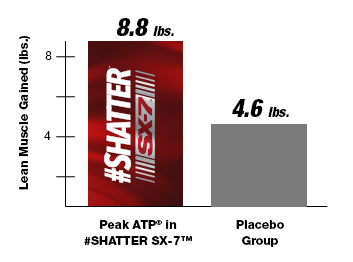
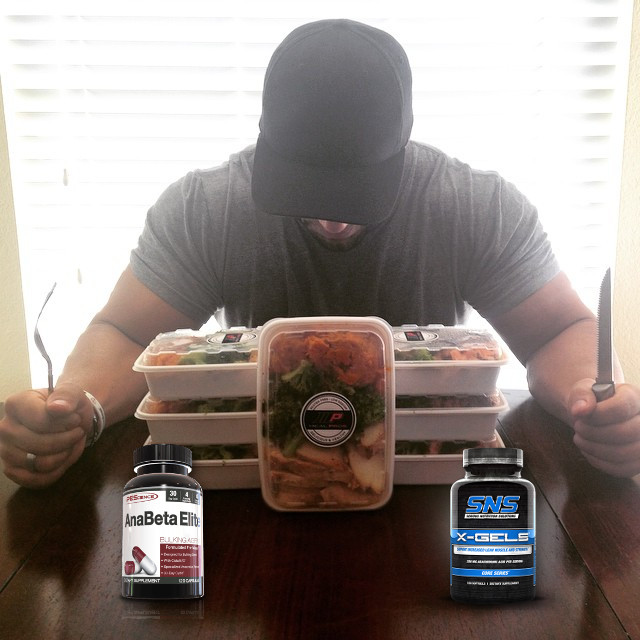


Comments and Discussion (Powered by the PricePlow Forum)